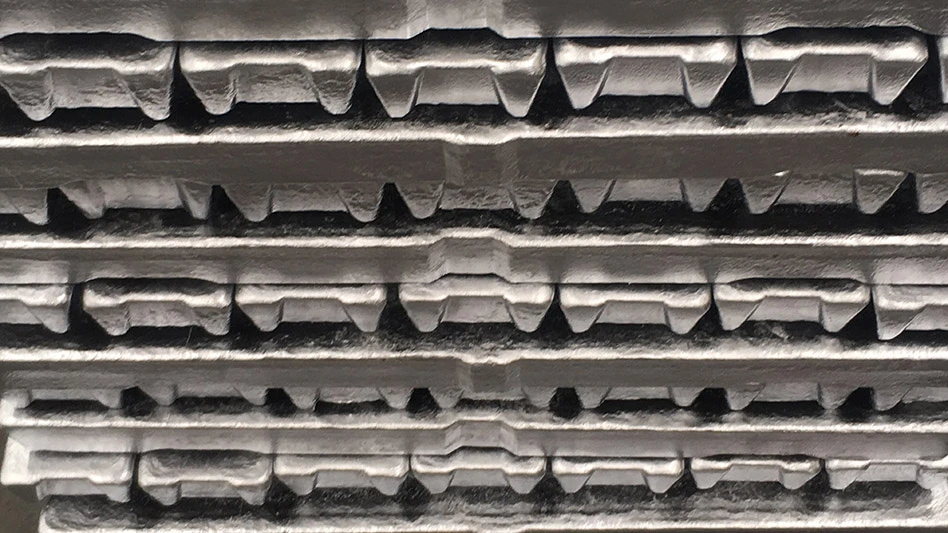Construction Execs Show Limited Late Year Optimism
U.S. construction firms predict that order books, employment levels and prices will moderate slightly over the fourth quarter of 1997, according to a survey of 200 construction executives conducted by the Dun & Bradstreet Corp., Murray Hill, N.J. Those surveyed, however, reported that current conditions – as reflected by order books, employment levels and prices – showed signs of continued vigor.
"These figures suggest that the construction industry is applying newly found caution," says Joseph Duncan, chief economic advisor to Dun & Bradstreet. "While construction executives remain quite optimistic that the economy will continue expanding, they are hedging their bets."
Gains in the area of new home construction have been offset by declines since January in spending on commercial projects such as factories and warehouses.
Firms Make Fireplace Logs From Scrap Lumber
Two different companies have developed processes to manufacture fireplace logs from scrap lumber. Bengal Recycling Inc., Fontana, Calif., takes wood waste (which is restricted from landfills in California), grinds it into ¾-inch minus chips, cleans it, and then compresses it into logs.
"Essentially, wood waste that would now be in a landfill is now made into useful wood logs that burn hotter, cleaner, and with less pollution to the environment than common firewood," says Richard Aldersley, president of Bengal Recycling.
Miles away in Dallas, the Thermalog Co. had a similar idea. The company uses a Model 1454 Disintegrator from Security Engineered Machinery (SEM), Westboro, Mass., as part of its system to produce fireplace logs from scrap lumber.
The scrap wood is conveyor fed into a pre-shredder. From there, they are fed into an SEM 100-horsepower Disintegrator which reduces the mixture to half-inch particles. High pressure mold compact the pulp into the form of traditional fireplace logs.
Choosing the Best Recycling Crusher
There are basically two types of crushers used by aggregates producers and recyclers of concrete and asphalt rubble and other construction and demolition (C&D) debris: compression crushers and primary impactors, according to a spokesman for Grasan, Mansfield, Ohio. In general, the primary impactor is more effective for recycling applications, according to the company.
Compression crushers use jaw, cone or roll mechanisms to break up materials. Jaws deliver the first crushing action, followed by cone and roll crushers in secondary and tertiary roles to further reduce the size of materials.
Impact crushers shatter materials by striking them with blow bars mounted on a horizontal rotor. The impactor shatters concrete instantly, leaving steel mesh and rebar free of concrete and ready to be magnetically removed and recycled.

Explore the November 1997 Issue
Check out more from this issue and find your next story to read.
Latest from Recycling Today
- OnePlanet Solar Recycling closes $7M seed financing round
- AMCS launches AMCS Platform Spring 2025 update
- Cyclic Materials to build rare earth recycling facility in Mesa, Arizona
- Ecobat’s Seculene product earns recognition for flame-retardant properties
- IWS’ newest MRF is part of its broader strategy to modernize waste management infrastructure
- PCA reports profitable Q1
- British Steel mill subject of UK government intervention
- NRC seeks speakers for October event





